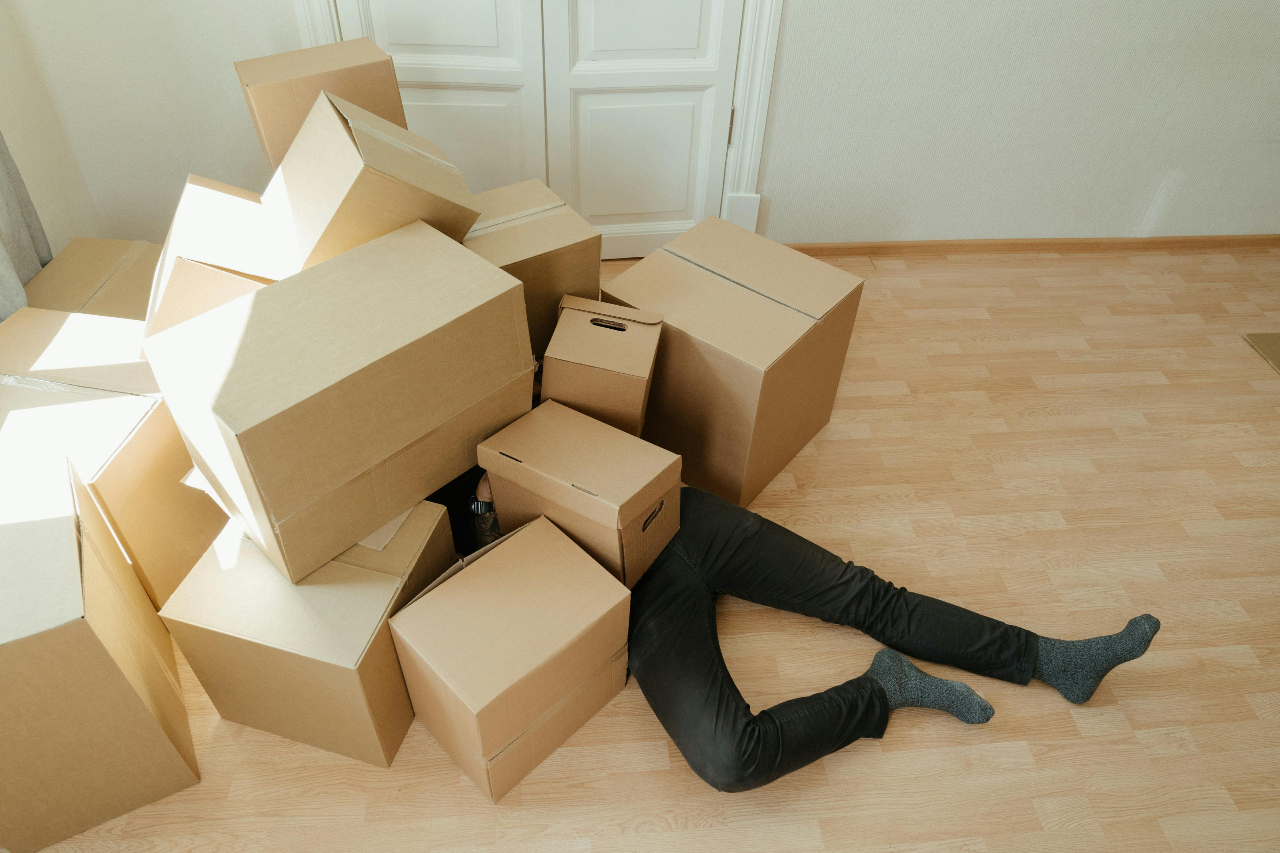The London move survival kit: What is actually needed (and what to skip)

Moving house is never just about boxes and bubble wrap – especially not in London. Whether upgrading to a new flat, downsizing, or shifting across boroughs, most movers find themselves juggling estate agents, tenancy terms, and the occasional worry over whether the sofa will make it up the stairs. The process can be overwhelming. However, chaos is not inevitable.
To address these challenges, here is a survival kit: a straightforward, clutter-free guide outlining what is truly necessary (and what can be left behind) when moving house in the capital. The advice is grounded in real-life experience, not just theory – particularly regarding issues such as timed street parking, shared entrances, and flats with limited or no lift access. For easy reference during planning, a useful starting point is this moving home checklist, which covers the basics before exploring more detailed guidance.
The following aims to unpack the process step by step.
The essentials that will actually be used
1. Labels and a sharpie (yes, that’s it)
Forget expensive colour-coded systems or printable QR codes. A black marker and a roll of masking tape are all that is needed. Label the top and one side of every box with the room and a few key items (“Kitchen – Mugs, Kettle, Toaster”). This approach saves time when surrounded by identical boxes late at night and a cup of tea is desired.
2. A foldable sack truck or trolley
Unless carrying awkward boxes across uneven paving stones or up three flights of stairs is a preferred activity, it is advisable to invest in a folding trolley. These are compact, strong, and help prevent back strain. Additional benefits are found in models with stair-climbing wheels – particularly useful for those living in walk-up buildings.
3. A decent pair of gloves
Not the woolly winter kind – the grippy, padded ones. Between splinters, sharp box edges, and metal furniture legs, hands are protected. For those dealing with communal bins, a pair of gloves makes that part a lot less grim.
4. Small denomination cash or app tips for movers
Whether a man-and-van or a full-service removal team has been hired, tipping in London is common – and appreciated. As not everyone carries cash anymore, keeping £5 and £10 notes ready (or having a tipping app available) helps ensure a smooth conclusion to the job.
What can be skipped (seriously)
1. That “wardrobe box” set
Unless moving high-end formalwear or a wedding dress, wardrobe boxes are generally unnecessary. Clothes can be folded into clean suitcases or Ikea bags instead. Wardrobe boxes are bulky, expensive, and rarely reused.
2. Fancy moving apps
They appear helpful but often become yet another item to manage. A shared Google Sheet with a moving timeline, checklist, and contact information is effective. Pen and paper remain viable alternatives.
3. Branded packing kits
Matching tape, bubble wrap, and pre-cut cardboard are not necessary. Supermarkets, off-licences, and online marketplaces offer budget-friendly or even free options. The emphasis should be on durability rather than aesthetics.
Tips for London-specific headaches
1. Check street restrictions early
London boroughs are strict with parking. When a move involves a van or truck, it is advisable to check whether a temporary parking permit from the local council is required. Some zones require at least 48 hours’ notice, and fines can be steep for non-compliance.
2. Avoid peak travel times
For those undertaking a self-move or coordinating with movers, it is advisable to avoid the Tube’s rush hours and red route traffic from 7:30–9:30 AM and 4–6:30 PM. This approach saves time and minimizes potential stress.
3. Measure. Then measure again.
Old flats and converted houses in London can have quirky layouts. Before moving day, staircases, door frames, and even the front gate should be measured. It should not be assumed that a sofa or fridge will simply “squeeze through.”
The “don’t forget” pile
1. Snacks and hydration
Energy will be necessary. It is advisable to pack a separate tote with water bottles, protein bars, and a takeaway menu for later. This preparation will prove valuable if the oven is not set up and exhaustion sets in.
2. Toilet paper and soap
Obvious? It may be surprising. Every new flat deserves a functioning bathroom from minute one. A hand towel and bin bag should be added to the first-night essentials box as well.
3. Chargers and a power bank
A phone serves as a map, a communication hub, and often a moving playlist speaker. It is essential to avoid running out of power in the midst of coordinating with a locksmith or broadband installer.
4. Light bulbs
Many London rentals are handed over with zero bulbs. Pack a small multipack and avoid moving into darkness.
Storage can be a best friend
Whether moving in with someone, arranging a staggered handover, or simply seeking breathing room to declutter, personal storage offers both time and space. London flats are not known for generous closets, and the timing of receiving keys often does not align neatly with lease end dates.
Short-term storage serves to reduce stress and enables a staged move. This option is particularly helpful in situations such as:
- When waiting on final paperwork but needing to vacate the current property
- During downsizing, when not prepared to part with all belongings
- While navigating property chains and associated delays
The “first night” essentials box
The box should be kept close at hand – not stored in the van – and filled with items that require immediate access.
- Change of clothes
- Toiletries
- Medications
- Phone charger
- Important documents
- Basic toolkit (screwdriver, tape, scissors, pliers)
- Bedsheets and pillowcases
- A kettle, two mugs, and teabags
Opening it in a new place and finding everything exactly where needed can create a sense of satisfaction and organization.
Planning ahead makes all the difference
1. Notify utilities early
Gas, electric, water, internet – don’t leave them to the last minute. Some providers in London require several days’ notice to activate or shut off services. Notify the council tax office, too.
2. Redirect your post
Royal Mail offers a handy mail redirection service that forwards post from a previous address. This service is especially useful when moving across boroughs or changing postcode entirely.
3. Declutter like you mean it
London homes aren’t known for spare storage space. A move provides an ideal opportunity to eliminate items that are no longer needed or loved. Sell it, donate it, or recycle it – instead of paying to move clutter that will likely end up stored under the bed again.
When to call in the pros
Consider professional assistance in the following situations:
- Heavy items like pianos, antiques, or large appliances
- Tight staircases or fifth-floor flats with no lifts
- A short move-out timeline
- If there is no available help for carrying boxes
…it’s worth hiring a removal team. Even if it’s just for the bulky stuff. London removals pros are used to tricky corners, awkward buildings, and parking drama. They’ll make it look easy – and that’s the point.
Don’t stress over perfection
Moves rarely proceed perfectly, even with the best planning. Items may become misplaced, cushions can disappear into mysterious voids, and that peculiar drawer from the old kitchen might seem to reappear unexpectedly. However, as long as the essentials are covered and a sense of humour is maintained, the process tends to resolve smoothly.
Arrival at the new destination is inevitable. Belongings will also arrive. Before long, the process of unboxing and settling into a new corner of London will commence.
It is important to remember to label the box containing mugs.
The editorial unit


























Facebook
Twitter
Instagram
YouTube
RSS